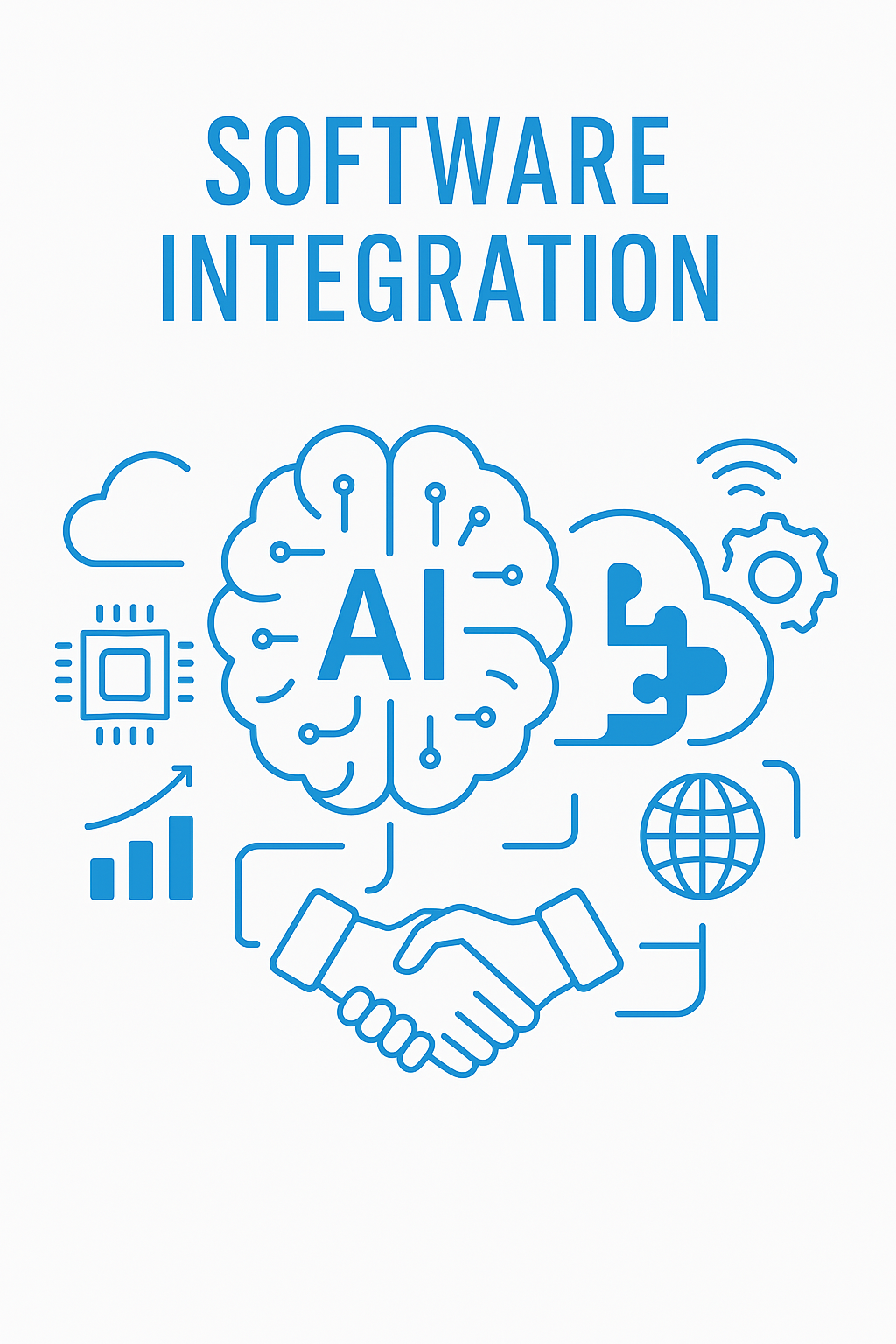The Critical Role of Integration in Digital Transformation for the Energy Sector
|
Whitepaper The Critical Role of Integration in Digital Transformation for the Energy SectorExecutive SummaryThe energy industry is facing an unprecedented wave of transformation, driven by decarbonization goals, evolving regulatory frameworks, distributed energy resources (DERs), and digital innovation. While digital transformation (DX) is vital for achieving efficiency, sustainability, and resilience, its success is fundamentally dependent on integration. This whitepaper explores the strategic importance of integration in energy sector DX, outlines technical challenges, and recommends best practices for building robust integration architectures. 1. IntroductionDigital transformation in the energy sector is not a singular initiative but a continuous evolution involving technology, people, and processes. From smart grids and AI-powered analytics to renewable integration and automated trading, these innovations rely on seamless data and system integration. Without effective integration, DX efforts are fragmented, leading to inefficiencies and lost opportunities. 2. Strategic Importance of Integration2.1 OT/IT ConvergenceOperational technology (OT) systems like SCADA and PLCs must integrate with IT systems (e.g., ERP, CRM, analytics) to enable unified decision-making and real-time responsiveness. 2.2 Managing Distributed Energy ResourcesAs DERs such as solar panels, battery storage, and EV chargers proliferate, integration ensures these assets are orchestrated effectively, optimizing grid reliability and performance. 2.3 Real-Time Market OperationsIntegration with real-time data sources (e.g., weather, energy exchanges) enables dynamic pricing, automated trading, and regulatory compliance. 2.4 ESG and SustainabilityUnified data pipelines are essential for transparent and accurate ESG reporting, emissions tracking, and compliance with sustainability mandates. 3. Technical Challenges3.1 Legacy SystemsOutdated systems using proprietary protocols complicate integration efforts and require specialized middleware. 3.2 High-Volume Real-Time DataSmart meters, sensors, and market systems generate vast volumes of data, demanding scalable and low-latency integration platforms. 3.3 Cybersecurity and ComplianceEnergy companies must safeguard critical infrastructure while ensuring compliance with standards like NERC CIP and IEC 62443. 3.4 Fragmented OperationsLarge utilities often operate across regions with differing systems and standards, requiring federated yet unified integration strategies. 4. Integration Technologies4.1 Edge-to-Cloud IntegrationCombining edge computing with centralized analytics enhances responsiveness and data efficiency. 4.2 API-First StrategyAPIs facilitate modular, scalable, and secure connectivity across internal systems and third-party platforms. 4.3 Message Brokers & ESBsTechnologies like Apache Kafka and enterprise service buses ensure reliable data exchange between decoupled systems. 4.4 Integration Platforms as a Service (iPaaS)iPaaS tools simplify integration across cloud and on-prem systems, accelerating deployment and reducing operational complexity. 5. Best Practices
6. Case Study: European TSOA European transmission system operator integrated its SCADA, weather, asset, and outage systems using an API gateway and message broker. Outcomes included:
7. ConclusionIntegration is not just a technical enabler but a strategic cornerstone of digital transformation in the energy sector. Companies that embrace integration holistically will be best equipped to deliver sustainable, efficient, and resilient energy services in a rapidly evolving landscape. References |


